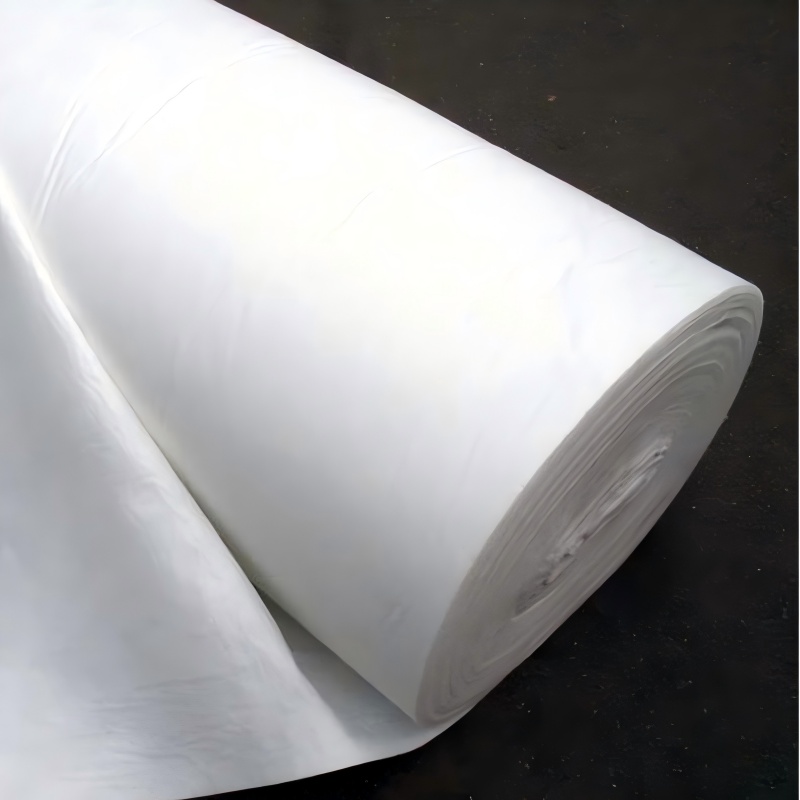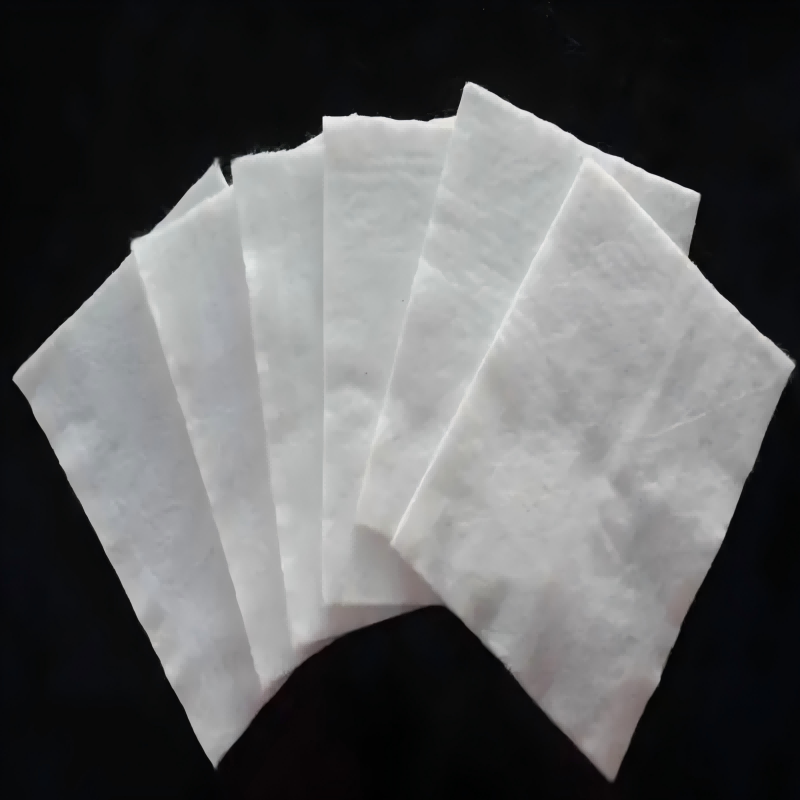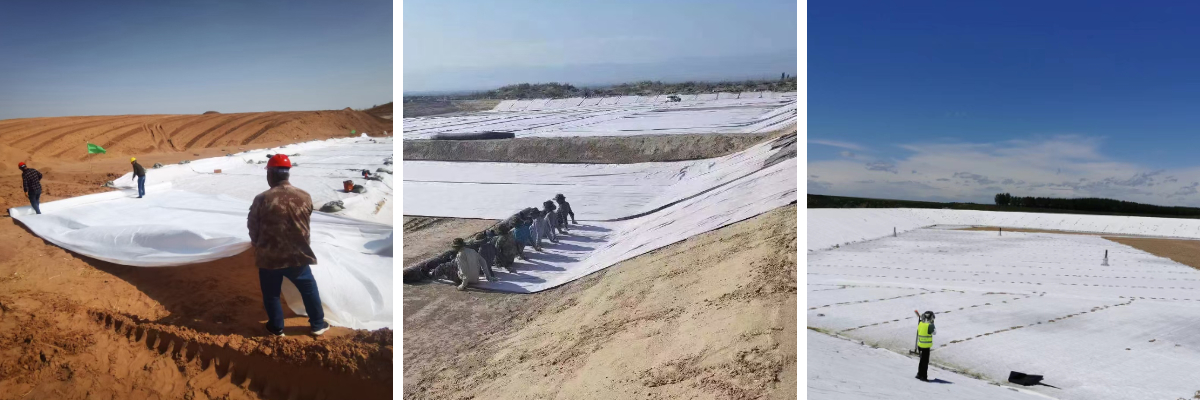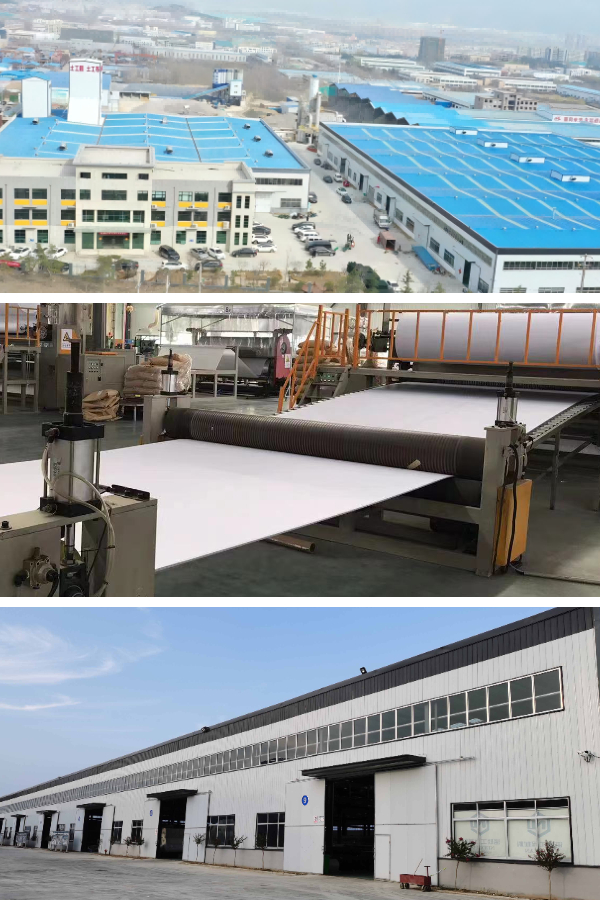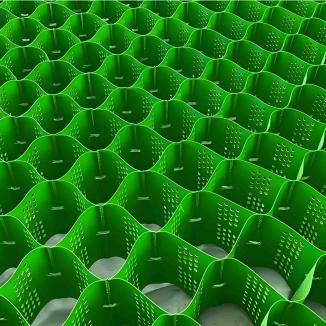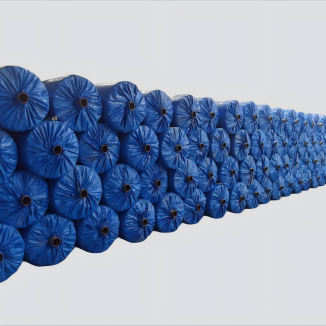Non Woven Needle Punched
1.Efficient filtration and drainage: Needle punching forms a three-dimensional porous structure, which quickly guides water while intercepting fine soil, preventing blockage and ensuring smooth flow.
2.Flexible and snug fit: With a soft texture and good extensibility, it fits complex terrains without blind spots and is suitable for various working conditions.
3.Durable and durable: The fibers are tightly interwoven, tear resistant, wear-resistant, weather resistant, and corrosion-resistant, with a long service life.
4.Easy to lay economy: easy to cut quality, manual laying, low cost and suitable for tight schedule scenarios.
Products Introduction:
Non Woven Needle Punched is a core category of non-woven fabrics produced through needle punching technology, using high molecular weight fibers such as polypropylene (PP) and polyester (PET) as raw materials. By repeatedly piercing the fiber web with thousands of hooked needles, the fibers are interconnected, interwoven, and consolidated to form a three-dimensional porous structure. Its core functions revolve around "filtration, drainage, protection, and buffering". With strong process controllability and flexible performance, it can adjust parameters such as fiber thickness and needle density according to demand, adapting to diverse scenarios from light filtration to heavy protection. It is widely used in geotechnical engineering, environmental protection, medical care, packaging and other fields, and is a basic material that combines functionality and economy.
Compared to other non-woven processes such as thermal bonding and spunbond, needle punched non-woven fabrics focus more on "structural stability" and "functional customization". By adjusting the needle punching depth and density, the porosity, strength, and thickness of the product can be accurately controlled to meet the subdivision needs of different scenarios.
Product Features:
1. Three dimensional porous, with dual advantages in filtration and drainage
The needle punching process randomly connects fibers to form a three-dimensional network structure with a porosity of up to 60% -80%, and the pore size is uniform and controllable (0.05-0.5mm). The fine particle retention rate can reach 90% -95%, which can effectively filter impurities and fine soil in water or soil and prevent pipeline blockage; At the same time, the pores are interconnected with a permeability coefficient of ≥ 1 × 10 ⁻ cm/s, which can quickly divert rainwater, groundwater or leachate, avoid structural instability caused by water retention, and adapt to filtration and drainage demand scenarios such as landfill reverse filtration and farmland irrigation.
2. Sturdy structure, durable and resistant to damage
The fibers are connected by needle punching to form a tight network structure, with a longitudinal and transverse fracture strength of up to 5-30kN/m (depending on the weight), excellent tear and tensile resistance, and can withstand mechanical rolling, friction, and external impact without being easily damaged; At room temperature, there is no creep phenomenon, and the structure can maintain stability even under long-term loads. For example, in geotechnical engineering, it can withstand heavy equipment rolling and has a service life of 5-15 years (depending on the usage environment).
3. Flexible customization to meet diverse needs
Products with different thicknesses (0.3-5mm), strengths, and breathability can be customized by adjusting the fiber raw materials (PP/PET/composite fibers), weight (50-1000g/m ²), needle density, and depth: high weight products focus on protective reinforcement, while low weight products focus on filtering and breathability; After adding anti UV and anti acid-base additives, it can also adapt to special environments such as outdoor and saline alkali land, meeting the needs of multiple fields such as geotechnical, environmental protection, and medical.
4. Weather resistant and corrosion-resistant, with strong environmental adaptability
The raw materials themselves have chemical corrosion resistance characteristics, and after special treatment, they can resist ultraviolet radiation, high temperature, low temperature, and acid-base soil erosion. Their performance is stable in the temperature range of -30 ℃ to 80 ℃; In humid and microbial breeding environment, it is not easy to be mildewed and degraded. For example, in wetland projects and coastal mudflat projects, it can keep functions intact for a long time and reduce maintenance costs.
5. Easy to lay economy, high construction efficiency
Soft texture and light weight, can be cut according to working conditions, fits irregular base layers (such as slopes, ditches), and has no blind spots for laying; When laying, no professional large-scale equipment is required, and it can be completed manually or by small machinery. The overlap width is ≥ 10cm to ensure integrity, and the construction efficiency is 20% -40% higher than traditional protective materials; The production process is mature, the utilization rate of raw materials is high, and the comprehensive cost is lower than that of woven fabrics or composite geotechnical materials.
Product Parameters:
project | metric | ||||||||||
Nominal strength/(kN/m) | |||||||||||
6 | 9 | 12 | 18 | 24 | 30 | 36 | 48 | 54 | |||
1 | Longitudinal and transverse tensile strength / (kN/m) ≥ | 6 | 9 | 12 | 18 | 24 | 30 | 36 | 48 | 54 | |
2 | Maximum elongation at maximum load in longitudinal and transverse directions/% | 30~80 | |||||||||
3 | CBR top penetration strength /kN ≥ | 0.9 | 1.6 | 1.9 | 2.9 | 3.9 | 5.3 | 6.4 | 7.9 | 8.5 | |
4 | Longitudinal and transverse tearing strength /kN | 0.15 | 0.22 | 0.29 | 0.43 | 0.57 | 0.71 | 0.83 | 1.1 | 1.25 | |
5 | Equivalent aperture O.90(O95)/mm | 0.05~0.30 | |||||||||
6 | Vertical permeability coefficient/(cm/s) | K× (10-¹~10-), where K=1.0~9.9 | |||||||||
7 | Width deviation rate /% ≥ | -0.5 | |||||||||
8 | Unit area mass deviation rate /% ≥ | -5 | |||||||||
9 | Thickness deviation rate /% ≥ | -10 | |||||||||
10 | Thickness coefficient of variation (CV)/% ≤ | 10 | |||||||||
11 | Dynamic perforation | Puncture hole diameter/mm ≤ | 37 | 33 | 27 | 20 | 17 | 14 | 11 | 9 | 7 |
12 | Longitudinal and transverse fracture strength (grab method)/kN ≥ | 0.3 | 0.5 | 0.7 | 1.1 | 1.4 | 1.9 | 2.4 | 3 | 3.5 | |
13 | Ultraviolet resistance (Xenon arc lamp method) | Longitudinal and transverse strength retention rate% ≥ | 70 | ||||||||
14 | Ultraviolet resistance (fluorescence UV lamp method) | Longitudinal and transverse strength retention rate% ≥ | 80 | ||||||||
Product Applications:
1. Geotechnical and Hydraulic Engineering
Roadbed and slope protection: laid on the surface of highway and railway roadbeds or slopes, filtering soil particles to prevent soil erosion, while diverting rainwater to enhance roadbed stability; High weight needle punched fabric can assist in reinforcement, reduce the risk of slope landslides, and is suitable for rural road and highway slope projects.
Hydraulic filtration and drainage: used as a filter layer for river bank slopes and reservoir embankments, to isolate soil and sand and prevent piping caused by the loss of fine soil; Wrap drainage pipes or infiltration ditches, filter sediment to prevent blockage, and ensure smooth drainage of water conservancy facilities.
2. Environmental Protection and Waste Management Engineering
Landfill filter layer: laid above the anti-seepage membrane or leachate collection ditch in the landfill to filter solid impurities in the leachate and prevent blockage of the collection system; Isolate garbage from surrounding soil, reduce the spread of pollutants, and adapt to municipal or industrial landfills.
Wastewater treatment filtration: As a filter cloth for sedimentation tanks and filtration tanks in wastewater treatment plants, it intercepts suspended solids in wastewater and improves water quality; Or used for pretreatment of reclaimed water reuse systems to reduce subsequent treatment pressure.
3. Agricultural and Horticultural Engineering
Irrigation and plastic film in farmland: laid in farmland drainage ditches or irrigation channels to filter water flow and sediment, and prevent channel blockage; Lightweight and heavy needle punched cloth can be used as a horticultural covering film, moisturizing and breathable, inhibiting weed growth, and suitable for vegetable greenhouses and orchard planting.
Nursery and planting containers: After cutting, they can be used as seedling bags and planting boxes for lining, filtering water and retaining soil to prevent soil loss from the pot. At the same time, they are breathable and promote root growth, improving seedling survival rate. They are suitable for greenhouse seedling cultivation and home gardening scenes.
4. Industrial and packaging fields
Industrial filtration: used for liquid or gas filtration in the chemical and metallurgical industries, intercepting impurity particles and purifying media; As a filter material for lubricating oil filtration and dust collection, it is suitable for industrial production lines.
Packaging and Protection: As a cushioning material for heavy equipment and furniture packaging, or as a dust-proof lining for automotive interiors and electronic components, it provides protection and cushioning through its flexible and anti damage properties, reducing transportation losses.
5. Medical and health fields
Medical protective materials: Low weight, highly breathable needle punched cloth can be used as the inner layer of medical masks and protective clothing, filtering dust and droplets while maintaining breathability and comfort; Or as a substrate for medical dressings, it can absorb exudate and adapt to medical protection scenarios.
Non Woven Needle Punched has the core advantages of "efficient filtration, tough structure, flexible customization, and easy to lay economy". With its controllable process and diverse performance, it covers the segmented needs of multiple fields such as geotechnical engineering, environmental protection, agriculture, and industry. Its three-dimensional porous structure not only solves the balance problem between "filtration and blockage prevention" and "smooth drainage", but also adapts to different working conditions through flexible customized solutions, while balancing construction efficiency and cost control.


